Solar eclipse 2015
Today there was 65% solar eclipse in Moscow. Probably the last time I am taking astronomy photos with Sony 500mm/F8 - my new telescope is already at the post office
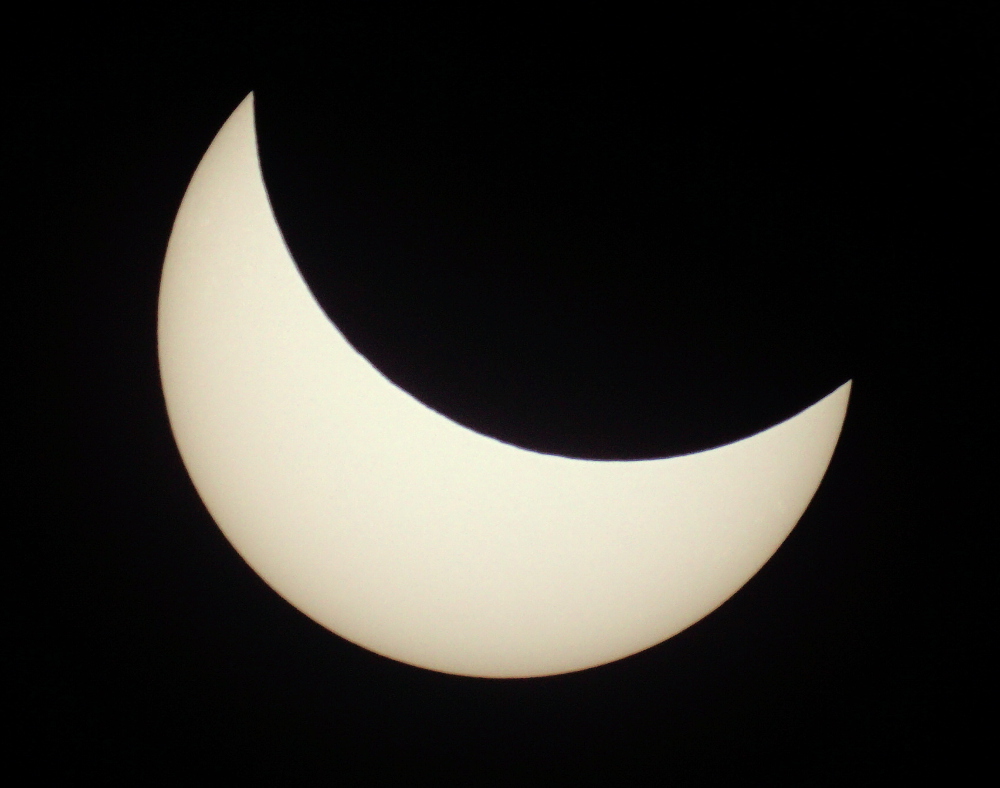
AMOLED shenanigans and new microscope lens Olympus LUCPlanFl 20x/0.45
Finally managed to break smart phone glass for the first time. FIrst 4 times it was hitting concrete just fine, and now it landed straight face-down: screen was shattered. Bought glass replacement kit on ebay including UV-curing glue. Old glue+glass is removed by heating to ~120-150 °C.Unfortunately I managed to overheat 1 spot to 220 °C which lead to unexpected effect: black (organic?) contrast-boosting pigment has burned and revealed display internals in more details. Also, the most sensitive, blue subpixels stopped working in this spot. With my "new" (ebay again) microscope lens LUCPlanFl 20x/0.45 with cover glass thickness correction I managed to make photo of AMOLED internals with more details (for comparison see earlier photos):

PCB cross section
Ever seen PCB cross section? Total thickness is ~1.5mm, you can even see how glass fibers are interleaved.
Total thickness is ~1.5mm, you can even see how glass fibers are interleaved.
Temperature stability of AirSpy SDR receiver
Recently I got AirSpy SDR-receiver : it has 20Mhz/12bit ADC which is a significant improvement to 2.4Mhz/8-bit one in RTL2832-based devices. Capture bandwidth is 9Mhz. Also, it uses TCXO with 1.5ppm frequency error spec. In this article I focus on it's frequency error vs temperature.BTW, for the first time in human history we have blueberry-cooled electronics:

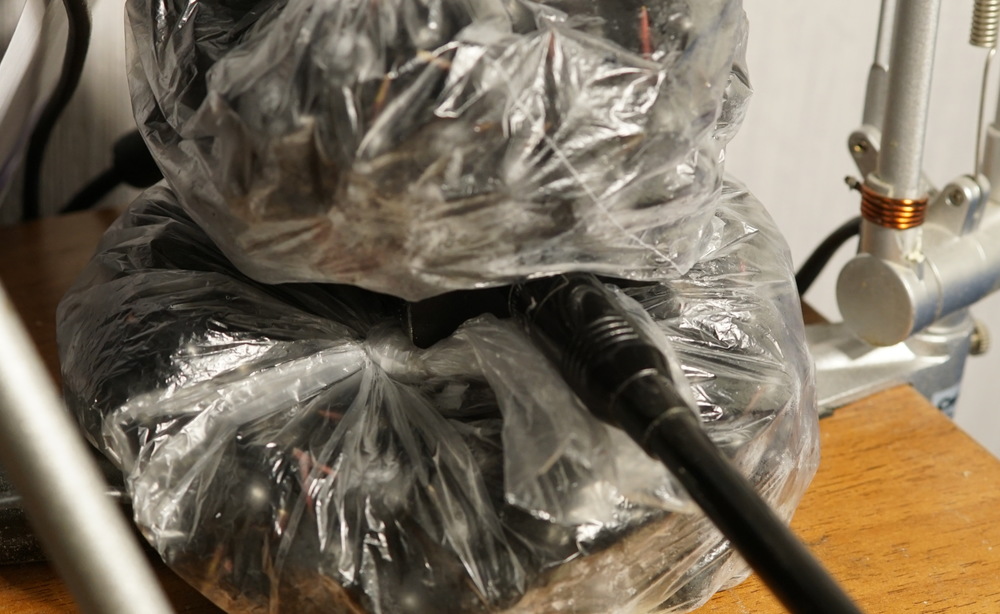
Here are frequency errors. I was measuring 35-th harmonic of FE-5680A rubidium frequency standard generating 2^23 Hz, i.e. ideal frequency should have been 8192*1024*35=293'601'280 Hz.
| Hardware | Quartz (E4000+RTL2832) | AirSpy TCXO |
| After warm-up | 293'627'555 Hz +89.49ppm | 293'601'318 Hz +0.129ppm |
| Tcase ~0C | 293'626'824 Hz +87.00ppm | 293'601'185 Hz -0.324ppm |
| Tcase ~60С | 293'628'227 Hz +91.78ppm | 293'601'386 Hz +0.361ppm |
I didn't make it to amateur astronomy (this time)
Recently I've bought telescope optical tube assembly - Levenhuk 200mm F4 carbon - there was nothing else in this class left in stock in Moscow, all sold out. But, as one could expect, chances to get decent Chinese F4 parabolic mirror are slim...
Brief test of DPSS laser parts
Finally got some time to play with neodymium solid state lasers : ordered 2W IR 808nm laser for pumping and few glued crystal assemblies of YVO4:Nd+KTP (size 0.8*1.3*2.5мм). Unfortunately supplier made a mistake and sent 400mW IR laser instead of 2W one and promised to send the replacement. Meanwhile I decided to run few tests on the table with this first laser.After focusing IR beam on the crystal generation immediately started as well as second harmonic generation - nice green spot appeared on the targer:
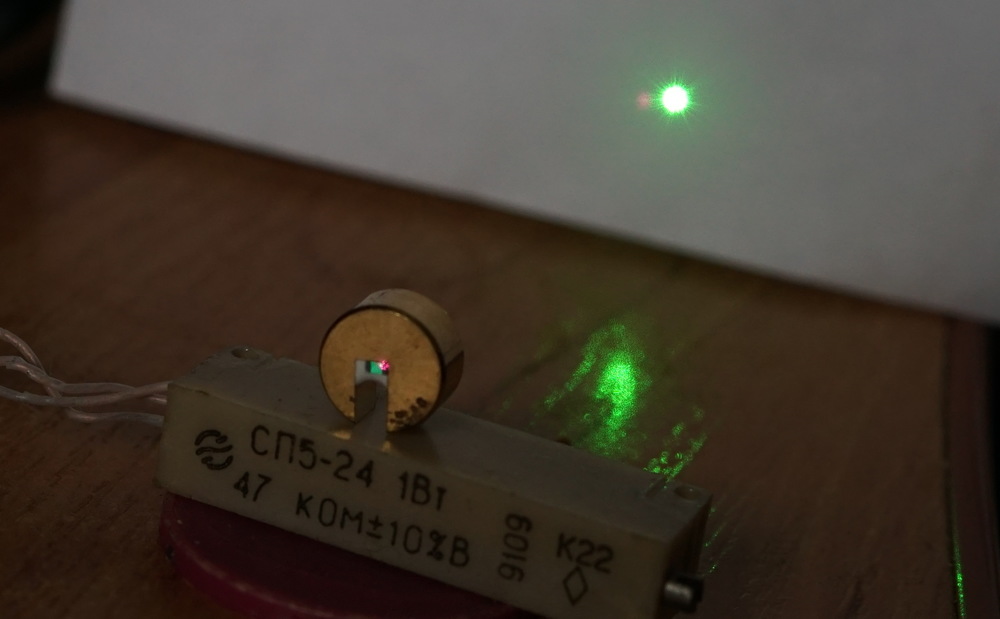
Globular cluster M15
62 minutes exposure on T24 telescope from iTelescope.net (61cm aperture).50 minutes for luminosity, and 4 minutes each for RGB with 2x2 binning. Apparently, color shots needed more time to lower noise.
The brightest starts in the cluster have magnitude of 12.6, and that super-bright star at the top-right part of the photo has magnitude 7.6 (which is twice weaker than we can see with our eye in perfect conditions). There are more than 100'000 stars in this cluster.

ZnSe lenses for CO2 laser: plano-convex vs convexo-concave
Some time ago I've bought CO2 laser engraver from China. It had lots of issues, including bad lens, which supplier had to replace. I've chosen 102mm replacement lens that time. A month ago I noticed that price of 20mm ZnSe lenses on ebay dropped to 15$, so I ordered more suitable lens for my engraver with 51mm focal length. When it arrived I was pleased with quality of edges and coating, but was surprised to see that it is an convexo-concave lens instead of usual plano-convex type.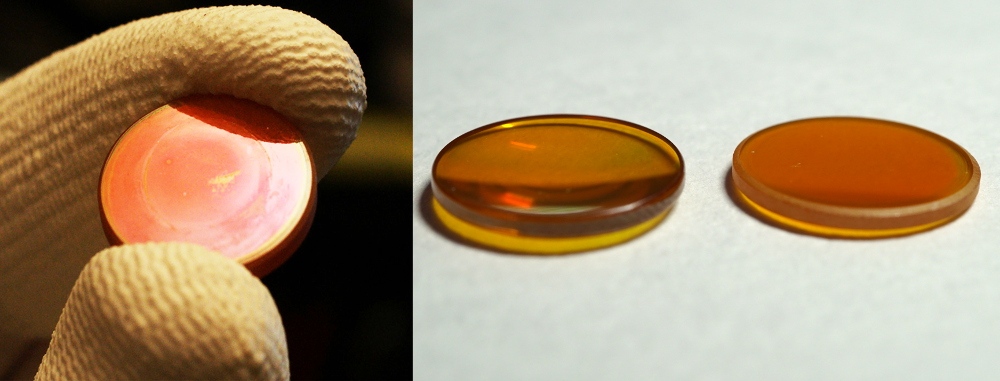
On the left - first bad lens, on the right - replacement sent by supplier and in the middle - this new one.
Is there any practical difference between plano-convex and convexo-concave lenses for CO2 laser focusing? Also, which way one should mount it? Let's try to figure it out...
445nm laser diode Nichia NDB7875
So much time without new lasers... I had to stop this! Just received Nichia NDB7875 - 445nm laser diode with nominal power of 1.6W: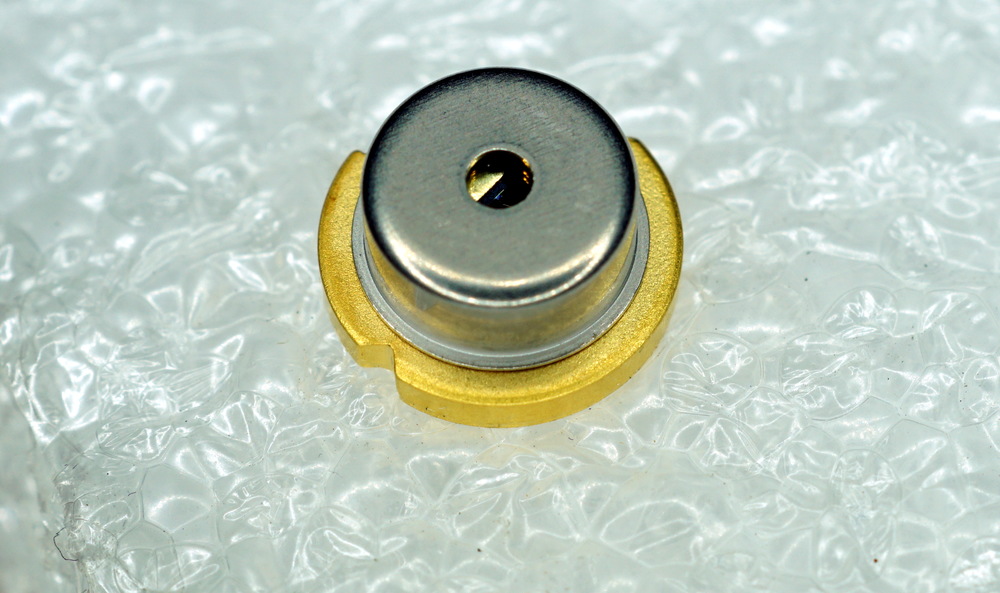
Through the window one can see laser itself and static discharge protection device (it looks like small cube):
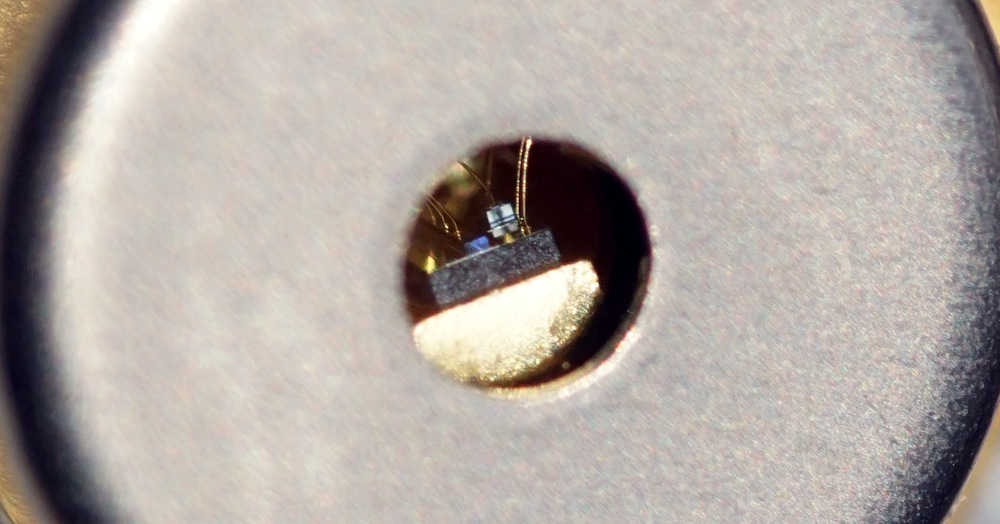
Giant sunspot group on the Sun
I've though that last time I've seen big sunspot... But today there was just enormous sunspot group, largest since 1990, it's about 128'000 km wide.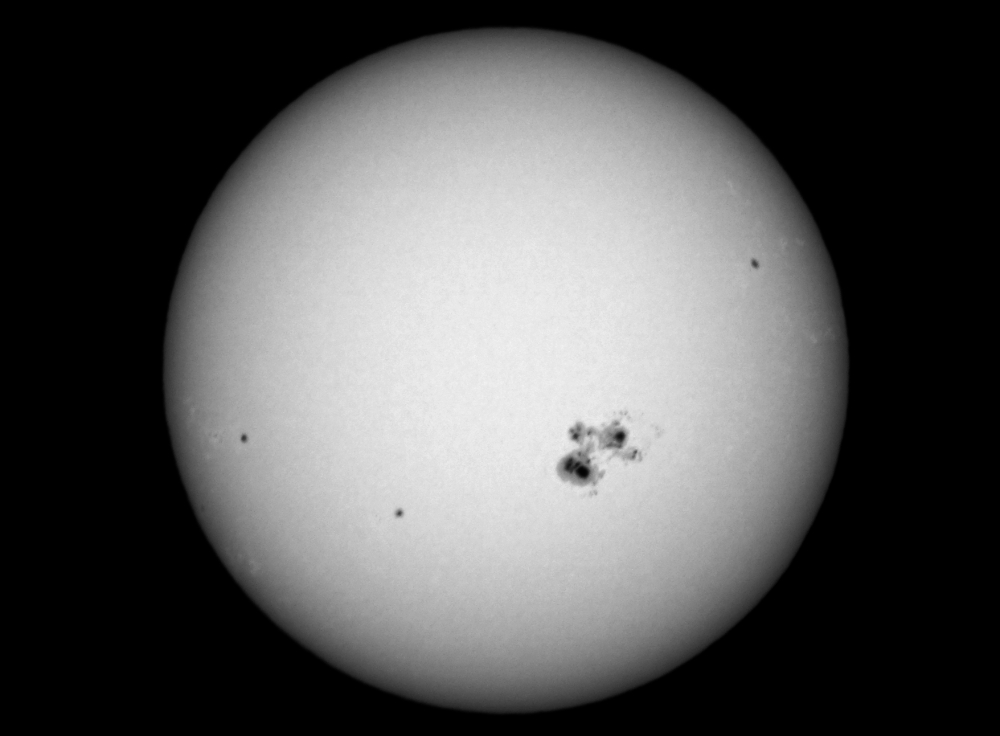





 @BarsMonster
@BarsMonster